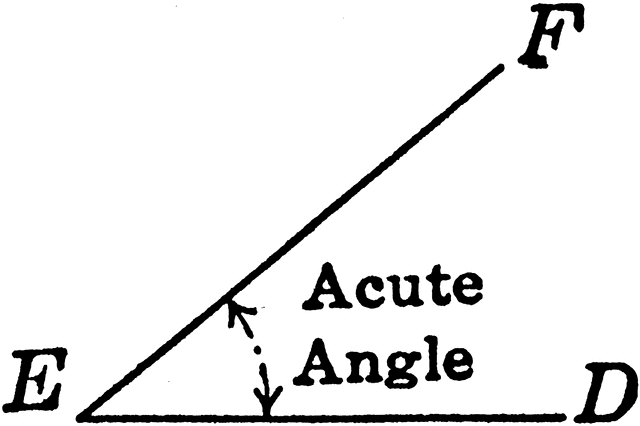
Note: the arrow explains to you that the lines are parallel on the diagram that's shown.
Base - a side of a closed 2 dimensional figure.
- common symbol is B.



Height - the perpendicular distance from the base to the opposite side.
- common symbol is h.

Area of a parallelogram
Base x Height ( bxh )


b- 6cm b x h = area of parallelogram
h- 4cm 6x4 = 24cm²

= area of parallelogram
= b x h
10 x 3 = 30cm²

area of a parallelogram
b x h =
2x4=8 m²
Here is a link to help you more about Parallelograms.
Here is a video to help you learn more about Parallelograms.






![[brothers+and+sisters.jpg]](https://blogger.googleusercontent.com/img/b/R29vZ2xl/AVvXsEj5S1GSzBcr5EUZzlm1ST43W8SAFnWl0po3dd2qxqSNJiugAMrSqo7Z__xy6Ef0eJBUvK09rEXOmGtGmNSa7ajMJnHd60T-H3a3WUussl_zHKv6xCMSzvtJaECzocXoej-ke26VP4UVeobf/s1600/brothers+and+sisters.jpg)
































